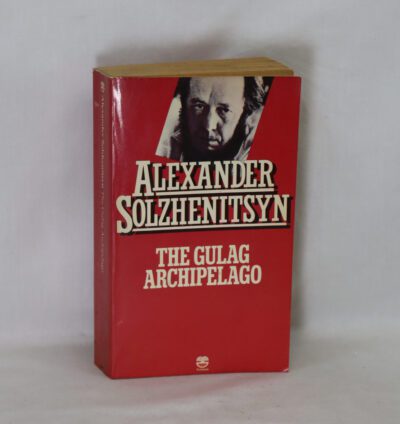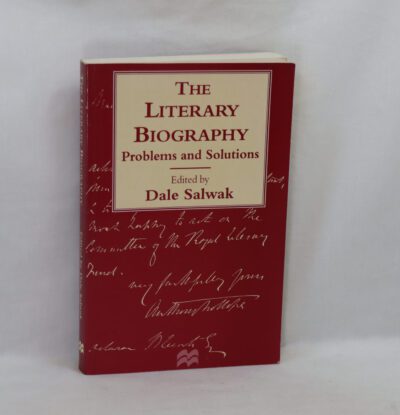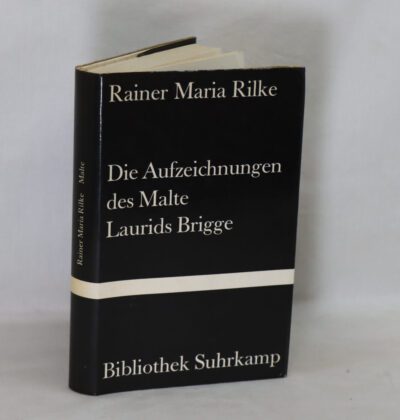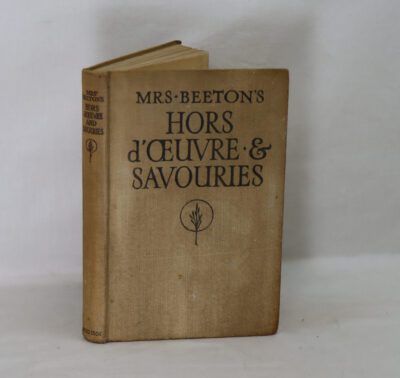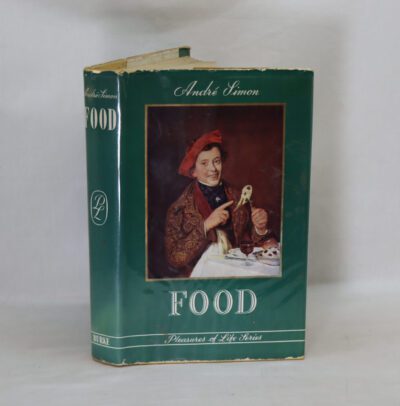Jane's Naval History of World War II.
By Bernard Ireland
ISBN: 9780004721439
Printed: 1998
Publisher: Harper Collins. London
| Dimensions | 23 × 29 × 3 cm |
|---|---|
| Language |
Language: English
Size (cminches): 23 x 29 x 3
Condition: Fine (See explanation of ratings)
Your items
Item information
Description
In the original dustsheet. Black cloth binding with blue title on the spine.
-
F.B.A. provides an in-depth photographic presentation of this item to stimulate your feeling and touch. More traditional book descriptions are immediately available.
Jane’s Naval History of World War II follows the highly successful Jane’s Battleships of the 20th Century, and includes another magnificent selection of colour artwork by acclaimed naval artist Tony Gibbons.
In Jane’s Naval History of World War II, he covers all the different types of warship that fought from the Atlantic and Arctic to the Pacific Ocean. From aircraft carriers to submarines, assault ships to destroyers and cruisers, his paintings bring to life the incredible variety of warships that took part in the greatest naval conflict in history.
Naval historian Bernard Ireland offers new insights to the conflict, investigating how German U-boats ultimately lost the battle of the Atlantic while US submarines annihilated Japan’s merchant navy. His own career in naval engineering enables him to reveal all sorts of hidden details that make Jane’s Naval History of World War II a radical new contribution to 20th century history.
Jane’s Naval History of World War II: In this book I have concentrated on the five issues that were central to the outcomes of the naval war of 1939-45. In my opinion these were: * The War against Commerce. Germany’s inability to sever the Atlantic trade routes allows Britain to survive. * The War against the U-boat. Technical quality and superior intelligence beat sheer numbers. * The American Submarine War against Japan. Destruction of her merchant marine leaves Japan unable to sustain the war. * Amphibious Warfare. The ability to deploy decisive military strength over great distances. * Aviation at Sea. Carriers provide the local air superiority necessary for a fleet to operate in hostile waters.
Bernard Ireland was a British naval engineer, editor of Jane’s and writer on naval matters. Ireland was educated at the Royal Dockyard School, Portsmouth, and the University of Southampton. Ireland worked for the Defence Research Agency in ship research. He wrote or co-authored 47 books,as well as contributing to journals and partworks on subjects related to ships and naval campaigns.
Ireland was married and had two children. He died on 8 February 2019.
Want to know more about this item?

Related products
Share this Page with a friend




